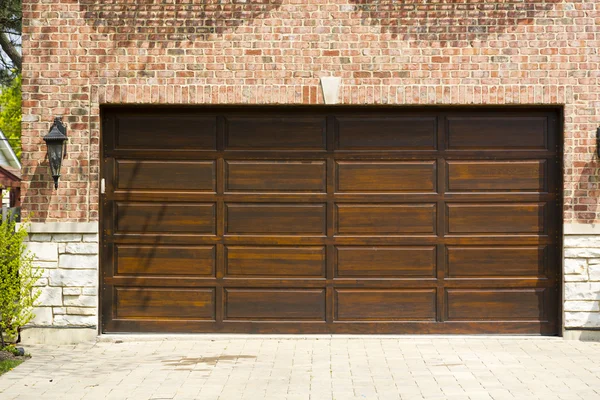Garage doors are a major part of our homes they provide safety and security for our vehicles, belongings and families. However, when they malfunction, it can be a serious hazard.
Oftentimes, problems with your garage door are easily fixable by yourself. Check if the fuse, circuit breaker or GFCI are burnt out. Learn garage door costs at this site. Valuable insights on expenses for new garage doors. Informative resource for budgeting projects.
Broken or Damaged Spring
Often, the first indication of a broken spring is that you are experiencing more resistance when opening or closing your garage door. A crooked door is another sign, as the weight shifts unevenly, making it harder to operate. Occasionally, you may hear popping noises as the spring moves. These can be an indication that the springs need to be tightened or lubricated.
It is very important to call a professional to inspect your garage door and make any needed repairs. Attempting DIY repairs can be dangerous, putting you at risk of serious injury. Garage doors are heavy and require specialized knowledge and safety protocols for proper repair or replacement.
In addition, if you are not qualified to perform a repair, you could damage the entire system and cause even more expensive problems down the line. Calling a professional is always the safest option.
Damaged Photo-Eye
The photo eye sensors on each side of your garage door are designed to ensure that the door won’t close on something in its path. If these sensors are blocked or misaligned, it can cause the door to stay open when triggered by either your remote or wall button.
If the LED light on your photo-eyes isn’t lit or it’s flickering, it means that something is blocking the sensor’s line of sight. Look around for anything that could be in the way of these sensors and move it if necessary.
If the LED lights on your photo-eyes are still indicating that they’re not functioning properly, gently attempt to realign them with one another. Use a cloth to clean the lens of each sensor to remove any dirt build-up that may be causing a malfunction. Once you’ve cleaned the sensors, try operating your door again to see if the issue has been resolved. If not, you’ll likely need to call in a professional.
Damaged Tracks
Tracks are delicate, and it’s not uncommon for even a slight dent to cause them to derail. Fortunately, this is something that most homeowners can fix with a bit of effort. The first step is to check the tracks for loose bolts or brackets and tighten them if necessary.
You can also try to straighten out any dents by gently tapping them with a rubber mallet or a hammer with wood blocks, though if the tracks have sustained serious damage then you’ll likely need to replace them entirely.
Finally, it’s important to make sure that there are no obstructions blocking the door from moving freely. It’s easy for things like storage shelving or piles of boxes to block the track and derail the rollers. Regular inspections can prevent this issue from occurring. Also, lubricating the tracks and rollers regularly will keep them from becoming stiff and damaged.
Off-Track Door
Sometimes, a door will go off track without any obvious reason. It may look crooked and make an unpleasant sound when you use the remote-control buttons or keypad to operate it. If this happens, you should check the photo-eye sensors to make sure they’re not blocked by anything (like a bicycle or your garbage can).
You should also clean out the tracks and rollers. Over time, they’ll build up dust and other debris that can interfere with the movement of the doors. A brush and some lubrication should help clear this up.
If the garage door has come off the track, it’s important to stop using it immediately to avoid costly damages to the track and the doors themselves. Fortunately, getting your door back on track is usually a relatively easy do-it-yourself project. First, you’ll need to separate the opener from the door by pulling on the string hanging down from the center of the opening track.
